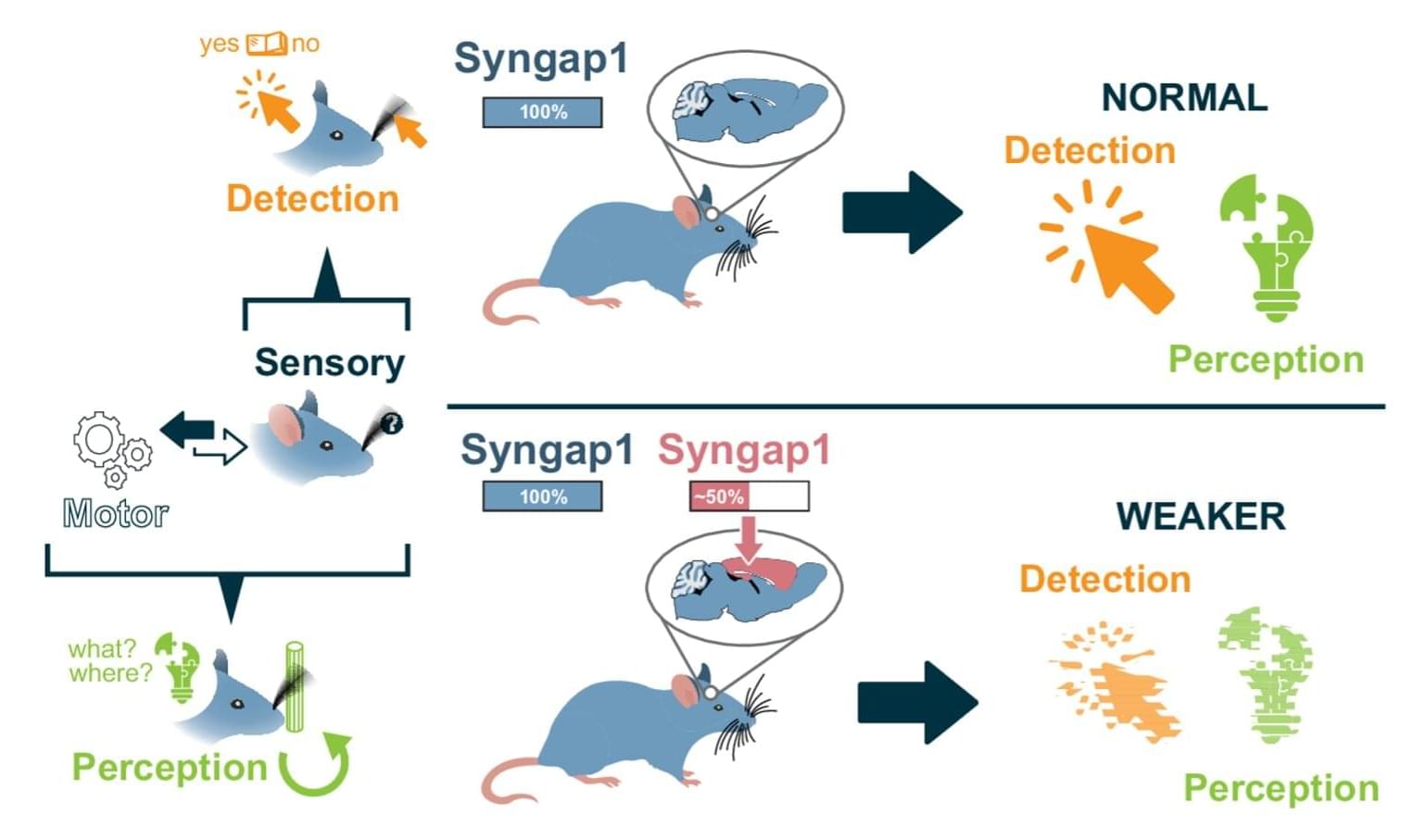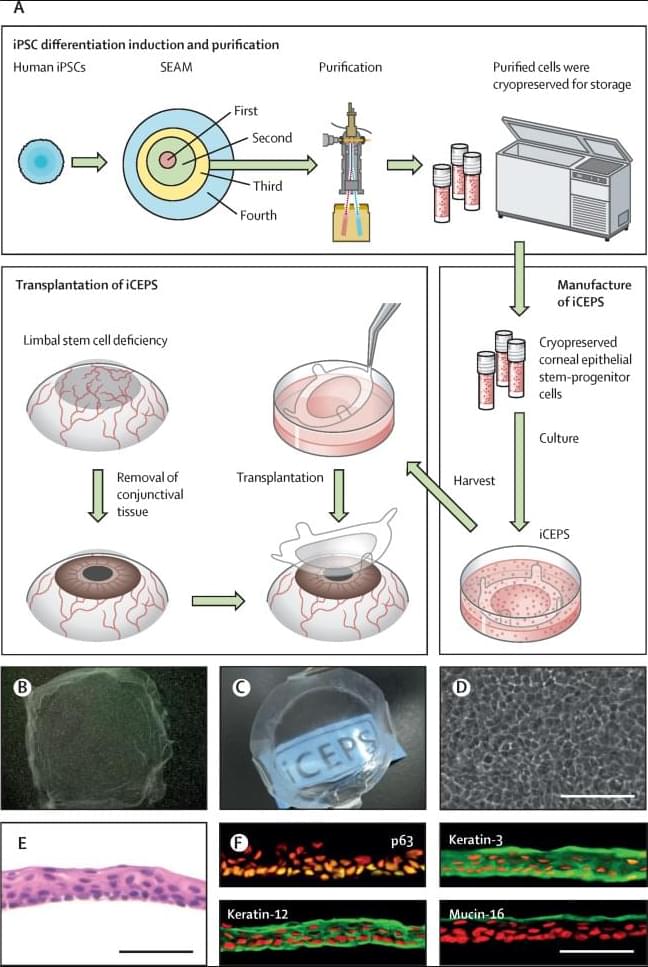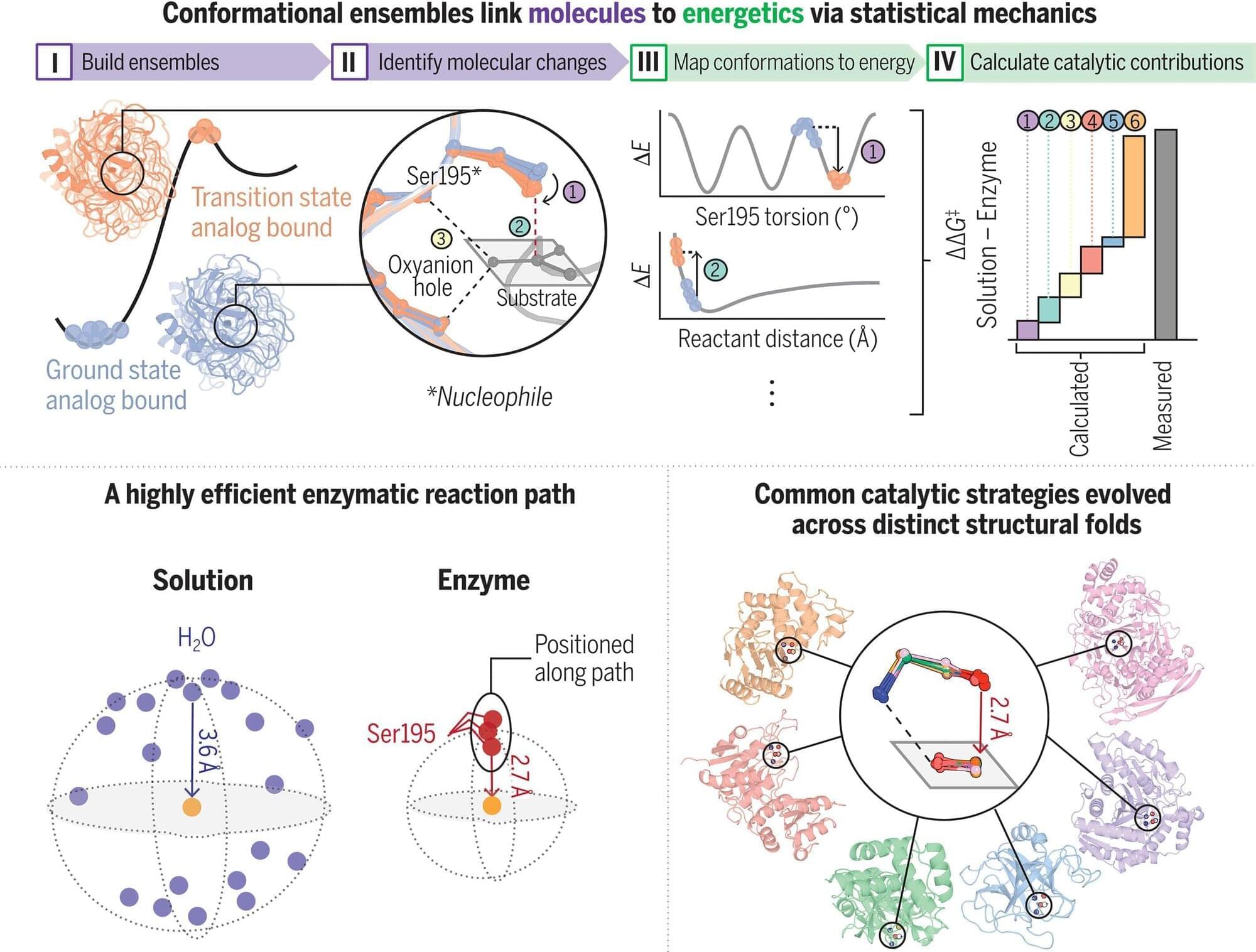Humanity will eventually need somewhere to live on the Moon. While aesthetics might not be the primary consideration when deciding what kind of habitat to build, it sure doesn’t hurt. The more pleasing the look of the habitat, the better, but ultimately, the functionality will determine whether or not it will be built. Dr. Martin Bermudez thinks he found a sweet synergy that was both functional and aesthetically pleasing with his design for a spherical lunar habitat made out of blown glass. NASA apparently agrees there’s potential there, as he recently received a NASA Institute for Advanced Concepts (NIAC) Phase I grant to flesh out the concept further.
Bermudez’s vision’s artistic design looks like something out of an Arthur C. Clarke novel: a glass sphere rising off the lunar surface that could potentially contain living and work areas for dozens of people. His firm, Skyeports, is founded on creating these blown glass structures in space.
The design has some challenges, as Dr. Bermudez discusses in an interview with Fraser. First is how to build this thing. It’s far too large to ship in any conventional lunar lander. However, there’s also no air on the Moon to use as the blown gas to create the spherical shape. Dr. Bermudez plans to utilize argon, which would initially be shipped up from Earth to fill the sphere. Argon has several advantages in that it’s a noble gas and not very reactive, so it’s unlikely to explode in the furnace while the glass is blown.









